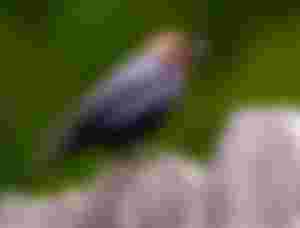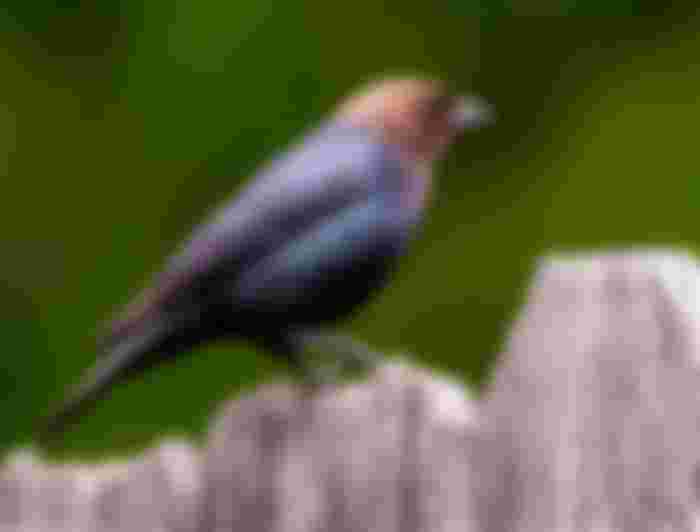Although the major bones in the body are similar to those in main, certain changes have occurred in bird's. For instance, what's looks like the knee is really the ankle, which has been moved updward because of a lengththening of the tarsal and ankle bones and a shortening of the thigh bone, or femur with the shank bone is nearer the body. The entire skeleton is light in weight. The bones of The skull are fused together, forming a strong, protective box of the brain and sense organs. The skull articulates or moves on the end of the vertebral column by means of a single bony knob called the occipital condyle. Individual vertebrae tend to be fused together except in the neck chest and regions in the pelvic region they are solidly fused together and joined with the pelvic bones to form the synsacrum. The pelvic are not fused eventually, allowing some expansion. This adaption permits easier passage of the egg from the body to the exterior. The tail vertebrate are few in number, some being united. The end vertebrae are fused to form a wide bladed structure, the pygostyle, which support the tail feathers. A complete criclet of small bones is embedded in the eye and surrounds the pupil; it is protective in function. The structure also found in reptiles. The breastbone or sternum, is a flat, enlarged bone which serves to anchor one end of the large muscles used in moving the wings. In flying birds, it has a ridge or keel down the middle of its lower surfacea; this is important for muscular attachments and direct correlation exists between the size of the keel and the ability of the bird to fly. Many flightless birds have no keel. These bird's such as the ostrich and emu are known as ratite birds.

